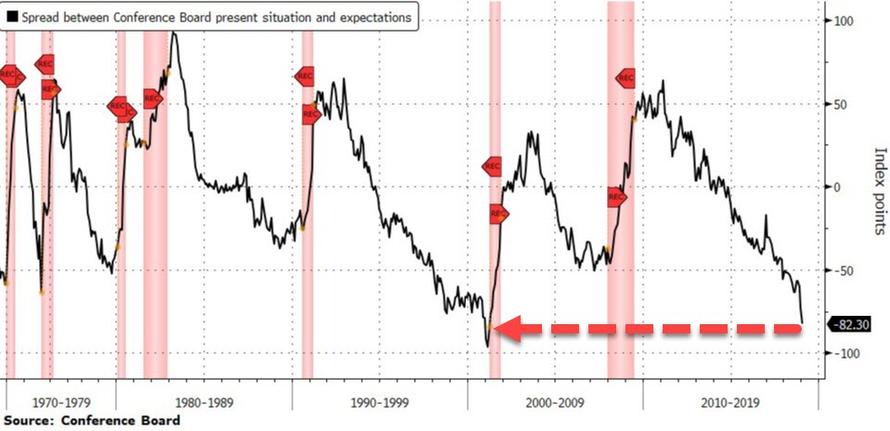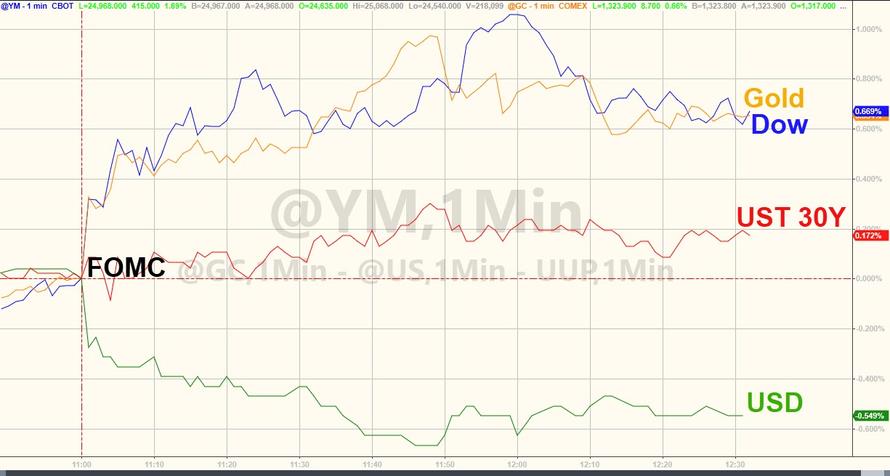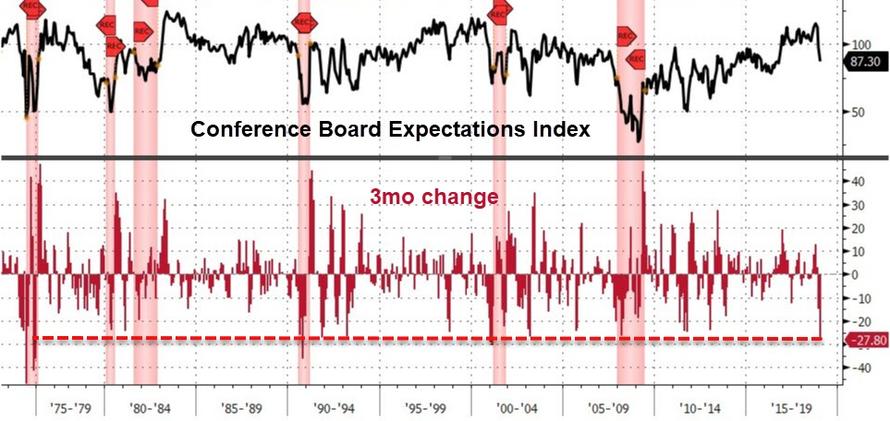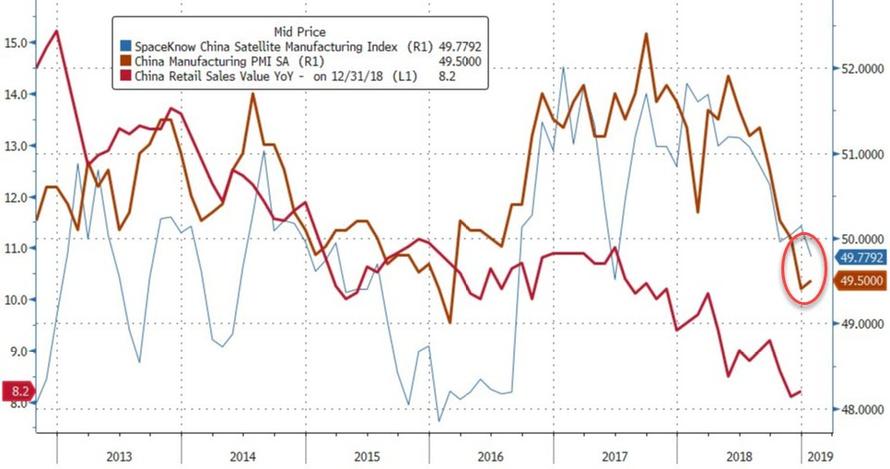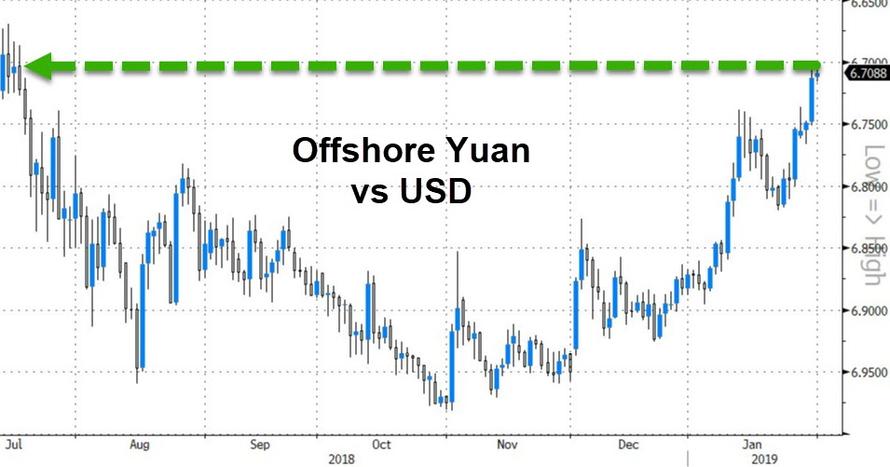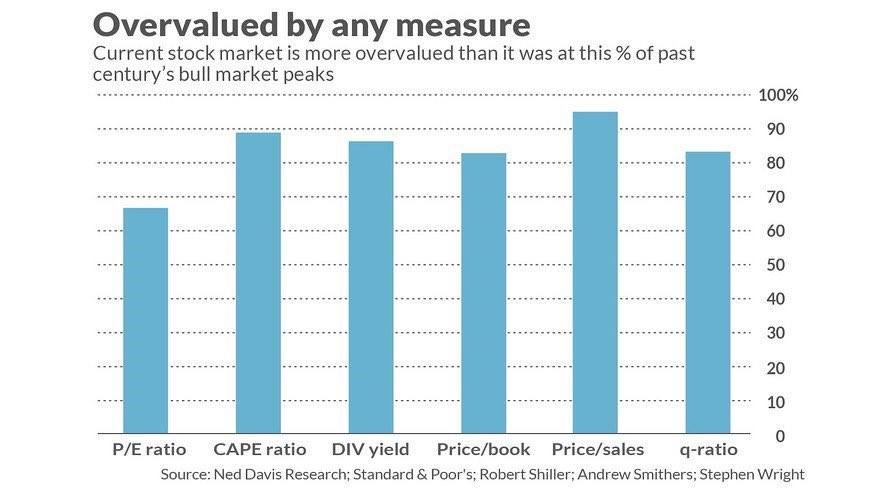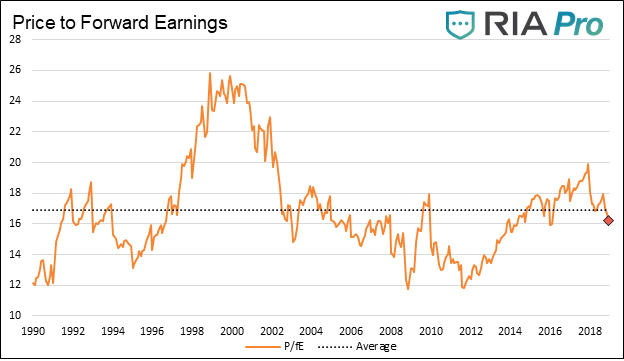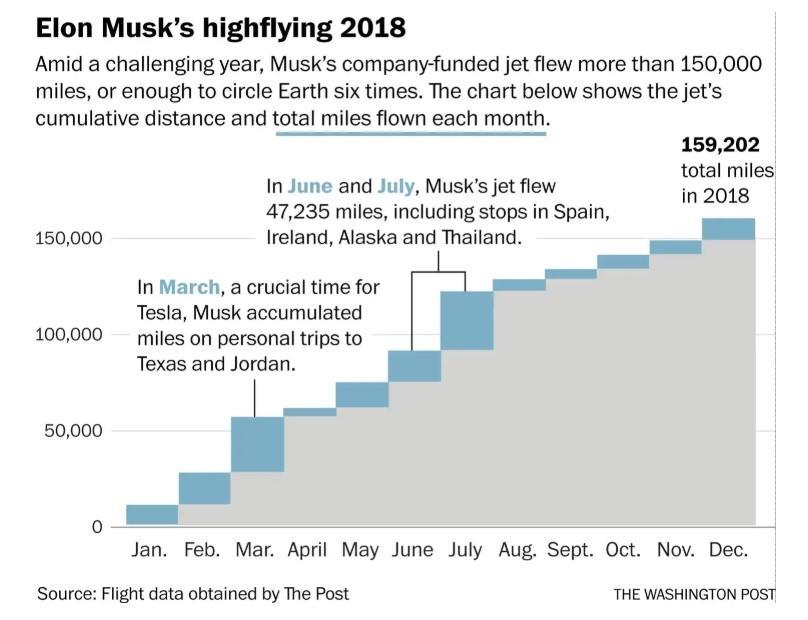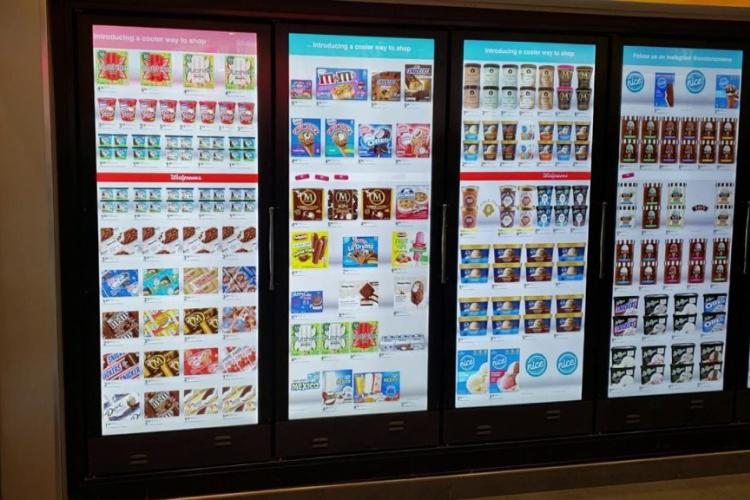A prostitute from Belarus who claimed to be the “missing link” that can provide secret evidence of a Trump-Russia connection now says that she fabricated her story in order to attract media attention, in an attempt to save her life while she was detained in Thailand.
27-year-old Anastasia Vashukevich, best known by the self-described “seductress” and “sex coach” Nasta Rybka, claimed to have recordings of Russian billionaire (and former FBI asset) Oleg Deripaska that would reveal a connection between Trump and Russia.
“I am the only witness and the missing link in the connection between Russia and the U.S. elections – the long chain of Oleg Deripaska, Prikhodko, Manafort, and Trump,” said Vashukevich in an Instagram broadcast last February while riding in the back of a thai police vehicle after her $600/head five-day sex training seminar was raided by authorities.
After spending nearly a year in Thai prison freezing her kidneys off, Vashukevich was arrested by Russian police in mid-January after arriving in Moscow for a connecting flight to Minsk, Belarus. The Kremlin let her go her last week after she promised not to release further audio or video recordings of Deripaska.
In an exclusive interview with CNN on Tuesday, Vashukevich said she was instructed by Russian security services not to talk about Deripaska, an ex-business associate of former Trump campaign chairman Paul Manafort.
“I had some talk when I was in Russian jail,” she said. “And they explained to me very clear(ly) what should I do, what should I say and what I shouldn’t say.”
Asked who explained that to her, Vashukevich said “Russian agents,” adding, “They said to me, ‘Don’t touch Oleg Deripaska anymore.'” –CNN
Now that she’s free, perhaps in an effort to remain breathing, Vashukevih now says she fabricated the story about a Trump-Russia connection.
She told CNN from a Thai detention center last year that she witnessed meetings between Deripaska and at least three unnamed Americans. Now back in Moscow, she says the claims she made to the media were an attempt to get media attention to save her life. –CNN
“I think it saved my life, how can I regret it? If journalists had not come at that time and that story had not come to the newspapers, maybe I would die [be dead by] now,” she told CNN. Russian authorities have suggested that Vashukevich has forced women into prostitution, which could land her in jail for up to three years.
Vashukevich made headlines in January 2018 after Russian opposition leader Alexi Navalny broadcast footage from her Instagram account from an August 2016 yacht trip with Russian deputy Prime Minister Sergei Prikhodko and Deripaska. Navalny alleged that Deripaska had bribed Prikhodko, who is one of Russia’s most influential senior officials.
In a 25-minute Youtube video (Russian with subtitles), Navalny shows footage of Deripaska with Russian deputy prime minister Sergei Prikhodko on his yacht in Norway in August 2016. Based on that footage, he alleges that information about the Trump campaign must have passed between the two. –Quartz
Navalny also asserted – with no proof – that Prikhodko and Deripaska may have been conduits between the Kremlin and the Trump campaign in 2016; a link which has proven elusive despite more than 18 months of counterintelligence operations, including surveillance of members of the Trump team.
It is suspected that Deripaska, thought to be a “backchannel” top Putin, brought Manafort’s briefings with him. After a report by the Washington Post asserted Manafort’s offer to provide the documents, Deripaska told CNN it was “fake news,” while his spokesman told AP in an email “These scandalous and mendacious assumptions are driven by sensationalism and we totally refute these outrageous false allegations in the strongest possible way.”
Manafort allegedly offered Deripaska the private briefings on Jul. 7, 2016. The yacht trip allegedly took place over three days from Aug. 6. Less than two weeks later, Manafort resigned from the campaign under heavy scrutiny of his ties to pro-Russian Ukrainian oligarchs. Manafort has since been charged by special counsel Robert Mueller with twelve crimes, including a conspiracy against the United States. –Quartz
Of note, after slapping Deripaska and three of his companies with harsh sanctions over 2016 Russian election meddling, the Trump administration said on Sunday lifted sanctions on two of the companies after Deripaska agreed to partially divest from them.
Under the agreement to lift sanctions, Deripaska has agreed to cut his direct and indirect share ownership below 50% in each company in a move designed to sever his control over the companies, overhauling the boards of En+ and Rusal, and “committing to full transparency with Treasury by undertaking extensive, ongoing auditing, certification, and reporting requirements,” the department said in December when announcing its plans to remove the sanction. He will hold voting rights over just 35% of the company’s shares.
“This action ensures that the majority of directors on the En+ and Rusal boards will be independent directors, including US and European persons, who have no business, professional, or family ties to Deripaska or any other specially designated individuals, and that independent US persons vote a significant bloc of the shares of En+,” the Treasury’s Office of Foreign Assets Control (OFAC) said in a statement.
via ZeroHedge News http://bit.ly/2DL28qs Tyler Durden








